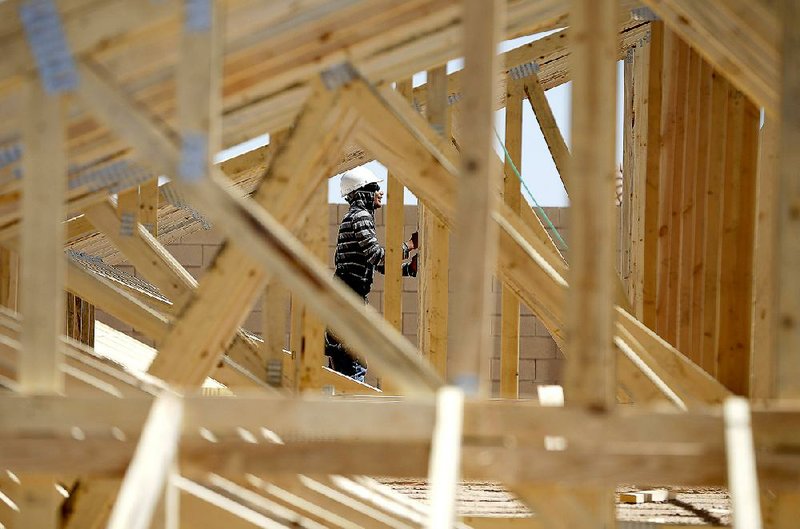WASHINGTON -- U.S. manufacturing in April continued at the weakest pace in almost two years and factories pulled back on hiring to wait for stronger demand.
The Institute for Supply Management, a trade group of purchasing managers, said Friday that its manufacturing index was unchanged at 51.5.
The index had dropped in the prior five months. A reading above 50 signals expansion.
U.S. manufacturers have faced a drag in recent months from falling oil prices and a stronger dollar. The drop in oil prices has cut into demand for pipelines and equipment used by drillers and energy companies. At the same time, the dollar has risen in value over the past year against the euro and other currencies, causing American-made goods to be more expensive abroad and hurting exports.
The drag from the since-resolved West Coast ports disruption continues, as shipments have been delayed because of a labor dispute that was largely settled in February and March.
New orders and productivity improved in April, but the employment component of the index slipped below 50 to 48.3. The drop in the employment indicator could indicate less hiring ahead and even the possibility of layoffs or it could be a blip. The U.S. economy barely grew in the first three months of 2015, with gross domestic product rising at an annual rate of 0.2 percent.
Bradley Holcomb, chairman of the Institute for Supply Management's manufacturing business survey committee, said he expects factory employment to rebound.
"It's more of tapping the brakes to assess where this manufacturing economy and overall economy are going," he said. "We're obviously off to a slow start in the first quarter."
Still, some manufacturers say they are struggling to find workers. Employers have added 3.1 million jobs over the past year, cutting the unemployment rate to a relatively low 5.5 percent from 6.6 percent. The hiring surge has made it increasingly difficult to find talented employees without increasing wages.
"For the most part, the rebound may not be as strong as people are expecting," Gennadiy Goldberg, a strategist at TD Securities LLC in New York, said before the report. "There currently are considerable downside risks to the second quarter."
Optimism about the job market lifted U.S. consumer sentiment in April to its second-highest level since 2007.
The University of Michigan's sentiment index rose to 95.9 from 93 in March. Only January's reading of 98.1 has been higher since 2007, the year the recession began. Over the past five months, sentiment has been, on average, at its highest level since 2004.
Richard Curtin, chief economist of the Michigan survey, attributed the April increase to optimism over consistently low inflation and low interest rates, and improving prospects for jobs and incomes.
Curtin said consumers expect interest rates to rise from current historically low levels but only modestly. And they expect any economic damage from higher rates to be offset by the benefits of more jobs and incomes.
The government said Wednesday that the economy grew at an annual rate of just 0.2 percent from January through March. But economists expect growth to strengthen in the spring.
"Consumers appear to be shrugging off recently disappointing economic data and stock market choppiness," Jim Baird, chief investment officer for Plante Moran Financial Advisors, said in a research note. "Despite evidence that the economy slowed considerably in the first quarter, sentiment remains relatively high and suggests that the important consumer spending engine isn't at risk of stalling."
U.S. construction fell in March as an increase in nonresidential construction was offset by declines in home building and government projects.
Construction spending dropped 0.6 percent to a seasonally adjusted $966.6 billion in March after a flat reading in February, the Commerce Department reported Friday. Construction activity has fallen or shown no gain in four of the past five months, underscoring the economic toll from a severe winter.
For March, housing construction dropped 1.6 percent as both single-family construction and apartment building contracted. It was the biggest slide since last June. Spending on government projects fell 1.5 percent, the third straight decline.
Information for this article was contributed by Josh Boak, Paul Wiseman and Martin Crutsinger of The Associated Press and by Shobhana Chandra of Bloomberg News.
Business on 05/02/2015
